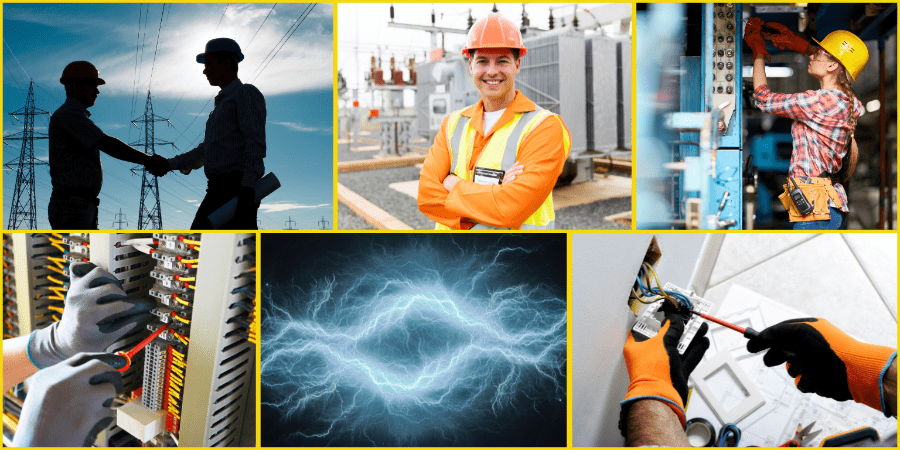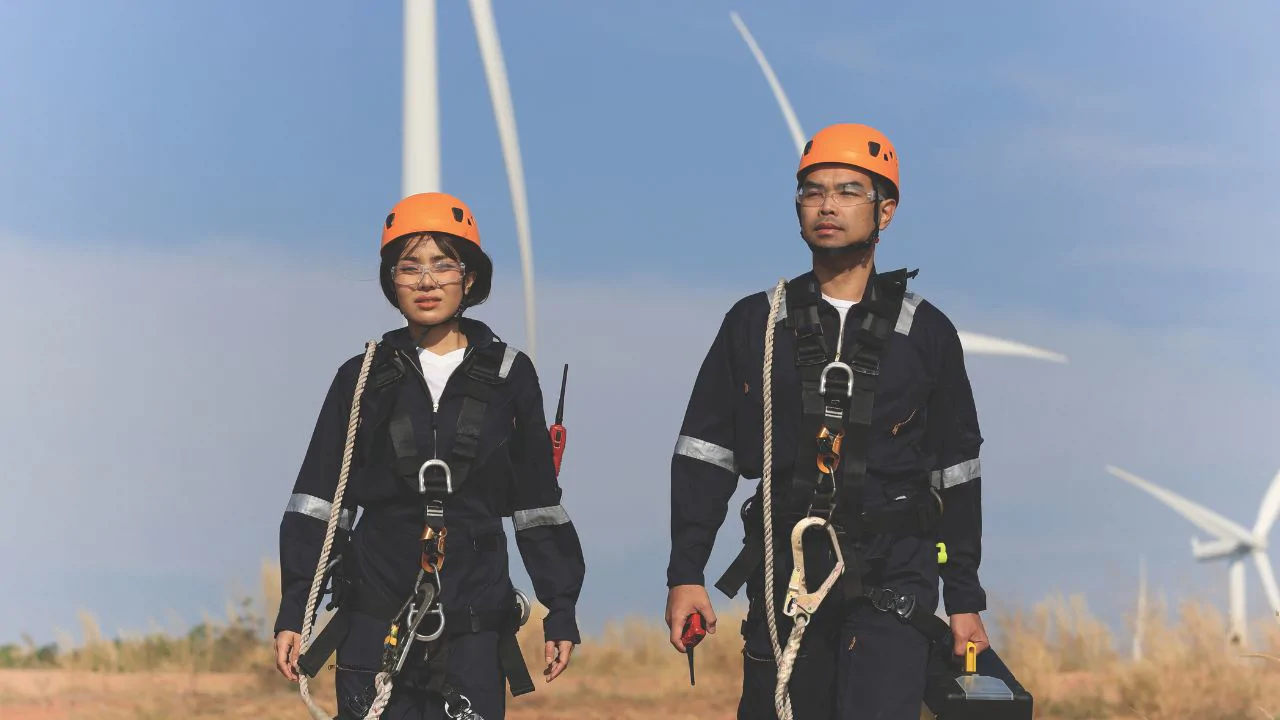6 Tips For Staying Safe When Working With Electricity
28 Sept, 20212:56Working in an industrial setting can present a hazardous daily environment – especially when...

Working in an industrial setting can present a hazardous daily environment – especially when electricity is involved. When not managed properly through health and safety initiatives, electricity can gravely injure or even kill people and cause severe damage to property. Still, there are safety measures you can take to protect yourself and those around you.
If you currently work with electricity or are looking for a career working with electricity here are some of the hazards you need to be aware of, and 6 tips on how you can significantly reduce the associated risks.
What are the hazards associated with electricity-related jobs?
The main hazard experienced by technical personnel is burns which are caused when electricity passes through the body.
There are two types of burns you should be aware of:
1. Electrical burns from direct contact with current
Electrical burns can be caused in many different ways, but some of the main causes are: touching electrically live objects, inserting fingers into plug sockets or equipment short-circuiting. Depending on the voltage and contact time, the damage can either be mild, superficial or severe. In power sources less than 500 volts, tissue is generally not damaged, but an appliance with a voltage above this will cause severe damage to sub-dermal tissues.
2. Thermal burns from arc flashes and blasts
Arc flashes are when powerful high-amperage currents travel through the air. This can occur when high voltage differences exist across a gap between conductors, resulting in the release of a huge burst of energy.
Arc flashes have the potential to travel several feet in distance, with a temperature that could easily exceed 15,000°C! According to the Industrial Safety and Hygiene News (ISHN) as many as 30,000 arc flash incidents occur in electric equipment each day in the United States alone, causing 7,000 burn injuries, 2,000 hospitalisations and 400 fatalities per year. They’re the cause of nearly 75% of all electrical work injuries – which can be so severe that the sufferer needs to receive treatment from a specialist burn unit.

How to stay safe when working with electricity
1. Reduce the Risk
Before you start the job, make sure to perform a risk assessment.To do so, consider:
What precautions have been taken to control the risk?
How are you establishing the level of risk?
Who could be harmed?
Is the electrical installation/equipment suitable for the intended purpose?
i.e. Are your surroundings wet? Are fuse-box and isolator cases closed/locked? Are your plugs, cables and sockets robust?
You should also ensure that the power can be cut off quickly in an emergency or better yet, try to schedule jobs during a time that the live power sources can be de-energized, grounded and tested so the hazard is eliminated.
2. Restrict Access
Dangerous areas should always be segregated from all but necessary personnel – for example, make sure that electrical vaults are locked and high fences are placed around transformers.
3. Access Up-to-date-Training
If you’ve been in the industry for a while, it’s easy to feel complacent. To combat this you should embody a proactive culture where safety is of paramount importance. Everyone from senior management to junior levels must be responsible for both themselves and the safety of others and must act to minimise risks. Managers should perform regular reviews of each job profile and deliver frequent refresher training for all personnel to ensure standards are not only maintained, but exceeded.
4. Use Personal Protective Equipment (PPE)
It’s there for a reason. PPE aims to protect workers against health and safety risks posed by their work environments. PPE is designed as the last ‘stage’ of protection, but is imperative nonetheless. Insulated gloves, fire resistant clothing and face shields should be worn when working on energized electrical equipment. Through proper use of PPE, you’ll reduce your exposure to hazards that can’t be prevented through engineering and administrative controls alone.
5. Implement a Maintenance Plan
One of the main ways risks can be reduced is by ensuring all equipment is regularly maintained. At the very least, visual checks should be carried out ensuring appliances have no damage with considerations such as – is the cable intact with no visible wear and tear? Are there any burn marks indicting extreme temperatures? Repairs or replacements should be carried out when necessary and you should ensure regular inspections and testing takes place by a competent electrician.
6. Be Vigilant
You must always follow the proper advice and guidelines given by your employer on-site and follow their outlined procedures as instructed in your site safety orientation.
NES and working with electricity
NES Fircroft has decades of experience providing dedicated personnel to the power industry across the globe. Our tailored workforce solutions will enable you to access an agile workforce for your power plant. Or if you’re looking for your next job, please view our electrical engineering and power jobs.










